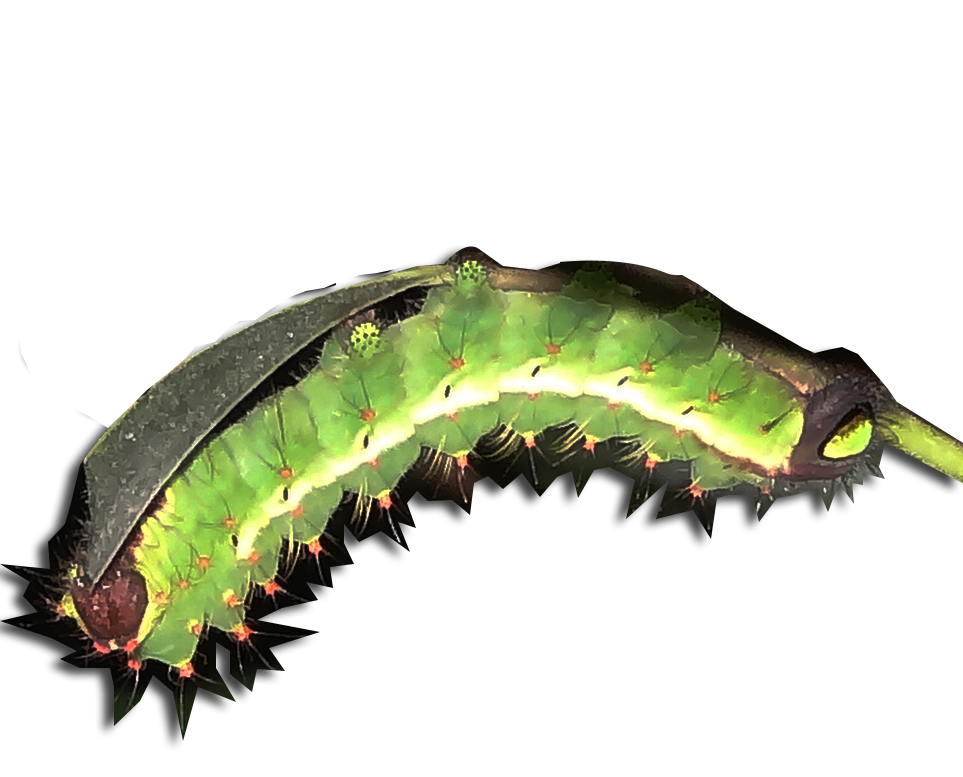Processing of Cocoons
Processing of muga cocoons
Muga cocoon are formed with continuous filament of 350-550m. For production of 1kg of muga raw silk, 4500-5500 cocoons are required. The existing traditional muga reeling device is “BHIR”, where two persons are required to produce 60-80g of raw silk per day. Hence, CSTRI muga reeling machine for production of warp yarn and “BANI” reeling for welt yarn are recommended for muga cocoon reeling.
Selection of reeling cocoons
- Select compact and well formed cocoons.
- Deformed, double and flimsy cocoons are not suitable for reeling.
- Cocoons of commercial crops ( Kotia and Jethua ) are suitable for reeling.
Stifling, drying and storage of cocoons
- Stifle the cocoons immediately after harvest.
- Sun drying and smoking are two traditional cocoon stifling methods, where drying of cocoons is uneven leading to deterioration of cocoons within short time.
- Stifling in hot air oven or Ushnakuti is the recommended method as it takes care of both stifling and drying.
- Put the cocoons in hot air drier/ Ushnakuti at 95 oC and lower the temperature of the drier gradually to 55 OC for a period of 7-8 hour for the whole process of stifling and drying.
- Keep the stifling and well drier cocoons in well aerated cage made of iron wire mesh to avoid damage by insect pests and predators.
- Cocoon storing room should be dry and well ventilated.
- Dust slaked lime and bleaching powder to keep the room damp proof.
Cooking
- Cook the cocoons in boiling alkaline solution in open pan.
- Take 3 litres of water in an aluminum vessel and boil.
- Add 9-12g g soda and stir well. When foams are raised, put 200 cocoons in the boiling solution and boil for 5-10 minutes depending on quality of the cocoons.
Deflossing and reeling
- Remove the uppermost-entangled flossy layer of individual cocoon shell for taking out continuous filament end.
- During deflossing care should be taken to take out the mass first from lateral side and not from anterior or posterior side of the cocoon.
- Maintain basin temperature at 40-50 0C for wet reeling.
- Since single cocoon filament denier is 4.5-5.5, feeding of cocoons should be according to the requirement of the warp and weft yarn denier (35-40 / 50-55).
- After reeling of first batch, change the basin water and go for the second batch.
Re-reeling
- For hank making, improved re-reeling device with fixed circumference with diamond crossing mechanism may be used.
- The machine should be run at a uniform speed for unwinding of filament at uniform tension to suitably stretch out the filament laid on cocoons shell in a shape like “8”.
Weaving
Fly shuttle loom is generally used for muga weaving. For designs, jacquard/dobby mechanism is incorporated. The preliminary operations include sizing of warp yarn and warping. Some weavers dye the muga yarn with direct dyes to make the colour uniform. The warping is done in horizontal drum or in hand reel. A fly shuttle loom can consume 2-3 kg warp yarn and 4-5 kg welt yarn for one setting. Production in fly shuttle loom is 2-5 meters/day depending on type of fabric to be woven.
Source:
- Package of practices of Muga, Eri and Mulberry Sericulture for North Eastern region of India, 2005, Central Muga Eri Research & Training Institute, Lahdoigarh, Jorhat, Assam.
- Directory of Sericulture Technology 2008, Karnataka State Sericulture Research and Development Institute,Bangalore- 560 062.

